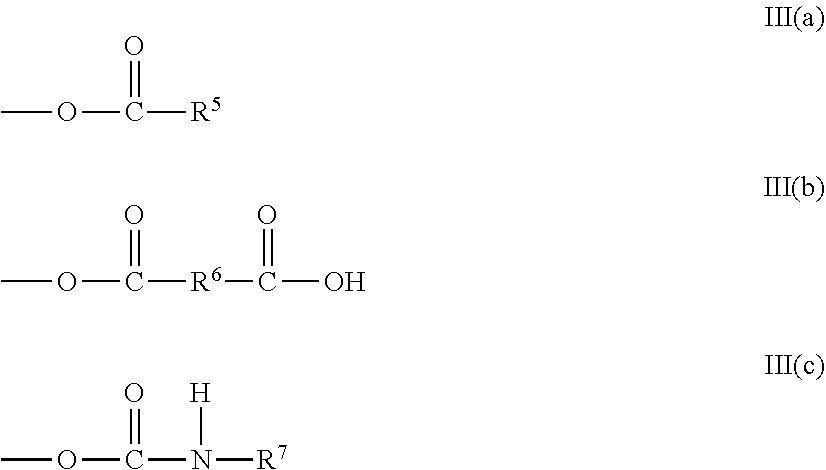Effective use of melamine sulfonate condensate dispersants in wallboard containing foam
a technology of melamine sulfonate and condensate dispersant, which is applied in the field of controlling the properties of foamed gypsum panels, can solve problems such as manufacturing difficulties, and achieve the effects of improving slurry fluidity, wide distribution of bubble sizes, and increasing control
- Summary
- Abstract
- Description
- Claims
- Application Information
AI Technical Summary
Benefits of technology
Problems solved by technology
Method used
Image
Examples
example 1
[0064]A plant trial was conducted to confirm the above results in a commercial setting. Dispersants for use on a board line were prepared as follows:
TABLE 1AmountAmountPrimaryPrimarySecondarySecondaryPackageDispersantDispersantDispersantDispersantBPCE 2673.25 lb / MSF None0EPCE 2673.0 lb / MSFMelment L17G1.0 lb / MSFQPCE 2676.0 lb / MSFNone
[0065]Gypsum panels ⅝ inches in thickness were made continuously on a board manufacturing line. Stucco was used at 1857 lb / MSF. Dry components, such as HRA, dextrose and starch, were added to the stucco as it was conveyed to the mixer using auger feeders. Starch was added at the rate of 5 lb / MSF. Three pounds per MSF dextrose was added to all samples. In samples B and E, HRA was 13.5 lb / MSF, while sample Q used 13.0 lb / MSF HRA.
[0066]The dry components were fed to a high-shear pin mixer. Gauging water entered the mixer at the rate of 1227 lb / MSF. Liquid components, including the dispersant packages described in Table 1 and 0.6 lb / MSF of sodium trimetaphosp...
PUM
| Property | Measurement | Unit |
|---|---|---|
| Fraction | aaaaa | aaaaa |
| Percent by mass | aaaaa | aaaaa |
| Area | aaaaa | aaaaa |
Abstract
Description
Claims
Application Information
 Login to View More
Login to View More - R&D
- Intellectual Property
- Life Sciences
- Materials
- Tech Scout
- Unparalleled Data Quality
- Higher Quality Content
- 60% Fewer Hallucinations
Browse by: Latest US Patents, China's latest patents, Technical Efficacy Thesaurus, Application Domain, Technology Topic, Popular Technical Reports.
© 2025 PatSnap. All rights reserved.Legal|Privacy policy|Modern Slavery Act Transparency Statement|Sitemap|About US| Contact US: help@patsnap.com



